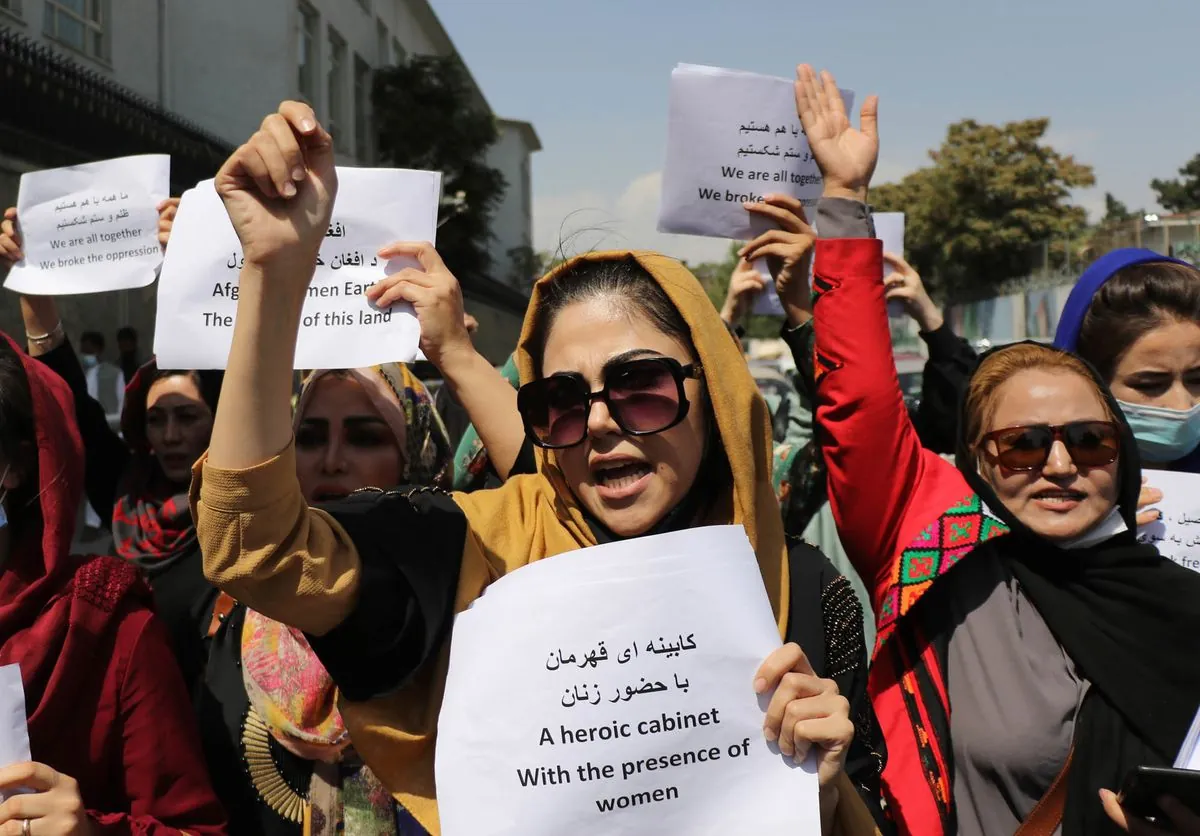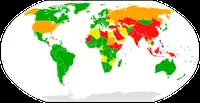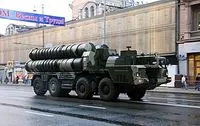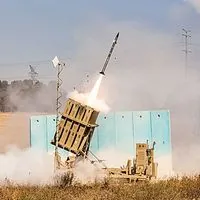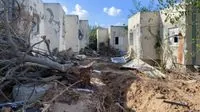North Korea's Strategic Shifts Heighten Tensions on Korean Peninsula
Recent changes in North Korea's nuclear strategy and geopolitical positioning have increased volatility in the region. Experts warn of potential conflicts and the need for urgent diplomatic attention.
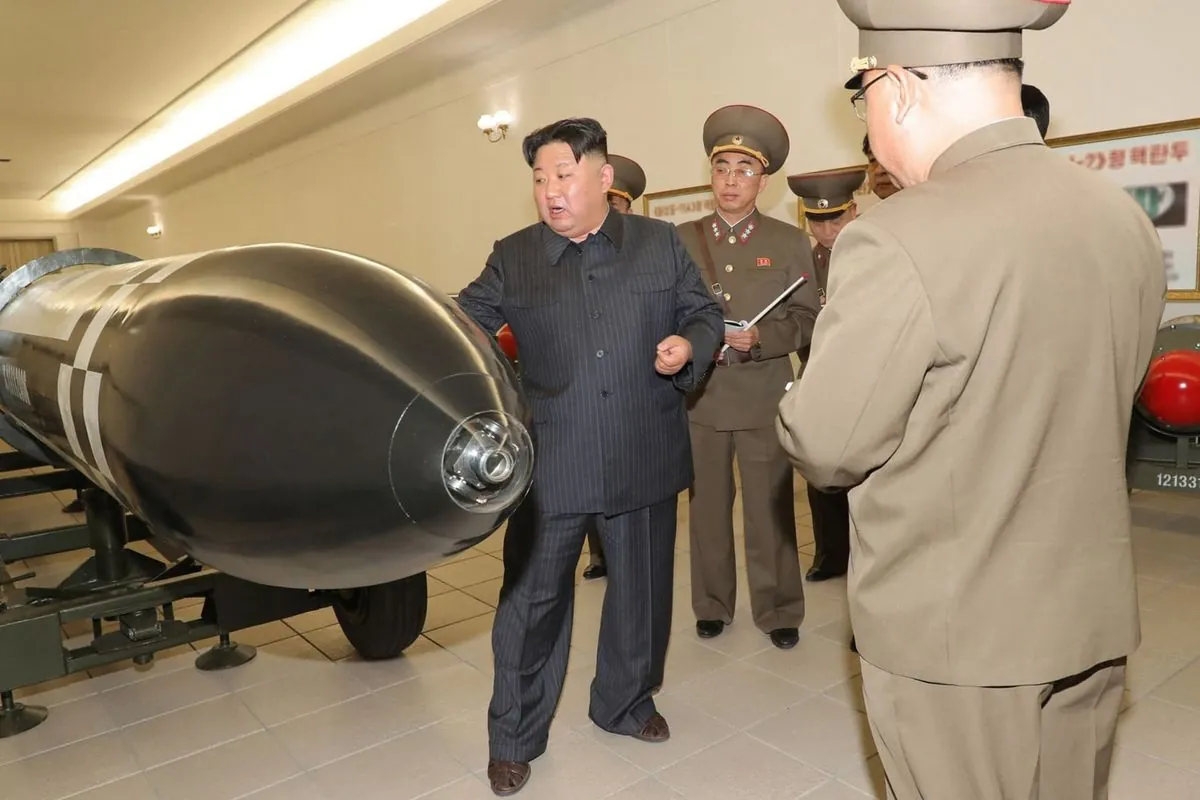
The Korean Peninsula has entered a period of heightened tension, with experts warning that the situation is more volatile than at any time since the outbreak of the Korean War in 1950. This assessment comes as North Korea has undergone significant strategic shifts in recent years, invalidating long-held diplomatic assumptions and raising concerns about potential conflicts.
Three key changes have reshaped the geopolitical landscape:
Nuclear buildup: Following the failed 2019 Hanoi summit between Kim Jong Un and former U.S. President Donald Trump, North Korea unveiled a five-year plan in 2021 for a major expansion of its nuclear and missile capabilities. This includes the development of solid-fuel ICBMs, miniaturized warheads, and hypersonic missiles.
Geopolitical repositioning: Pyongyang has strengthened ties with China and Russia, moving away from its previous goal of normalizing relations with the United States. This shift has been particularly evident in North Korea's cooperation with Russia following the Ukraine invasion, trading military aid for economic support.
Abandonment of reunification policy: In January 2024, Kim Jong Un abandoned the long-standing policy of reunification with South Korea, declaring it a "principal enemy" and calling for constitutional changes to reflect this new stance.
These developments have raised concerns about the potential for conflict in the region. The Northern Limit Line (NLL), the disputed maritime border between North and South Korea, remains a flashpoint. In 2010, North Korea attacked Yeonpyeong Island, resulting in casualties, and has continued to conduct provocative actions in the area.
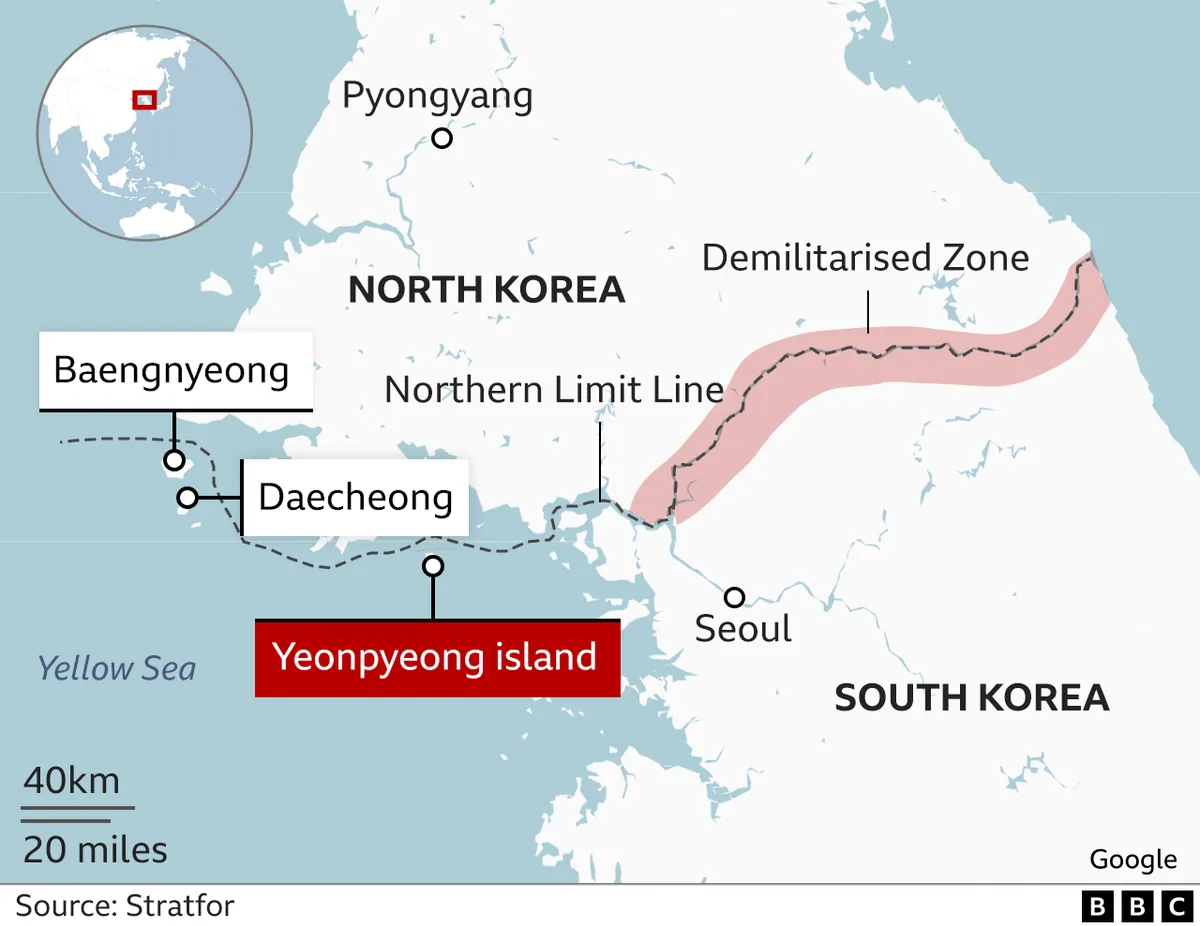
Experts have outlined several concerning scenarios that could arise from the current situation. One possibility is a nuclear shadow scenario, where North Korea uses its tactical nuclear weapons to deter intervention in a conventional conflict. Another alarming prospect is a two-front war in Asia, involving simultaneous crises on the Korean Peninsula and in Taiwan.
"North Korea most likely will continue to use its nuclear weapons status to support coercive diplomacy, and almost certainly will consider increasingly risky coercive actions as the quality and quantity of its nuclear and ballistic missile arsenal grows."
The situation is further complicated by the lack of reliable diplomatic channels between North Korea and its adversaries. This communication gap increases the risk of miscalculation and unintended escalation.
It's important to note that North Korea's nuclear program has a long history, with its first test conducted in 2006. Since then, the country has conducted six nuclear tests, with the most recent in 2017. The international community has responded with multiple rounds of UN sanctions since 2006, but these have not deterred North Korea's nuclear ambitions.
The country's "Juche" ideology of self-reliance and its "Songun" or "military-first" policy have contributed to its pursuit of nuclear weapons. With an estimated population of 25.9 million and one of the world's largest standing armies, North Korea views its nuclear program as essential for regime survival.
Despite the urgency of the situation, both the United States and China appear to lack a sense of priority regarding the Korean Peninsula. Chinese officials often attribute North Korea's actions to U.S. sanctions, while the U.S. is preoccupied with conflicts in Ukraine and the Middle East, as well as broader competition with China.
As tensions continue to rise, the international community must remain vigilant and work towards diplomatic solutions to prevent the escalation of conflicts in this volatile region.





